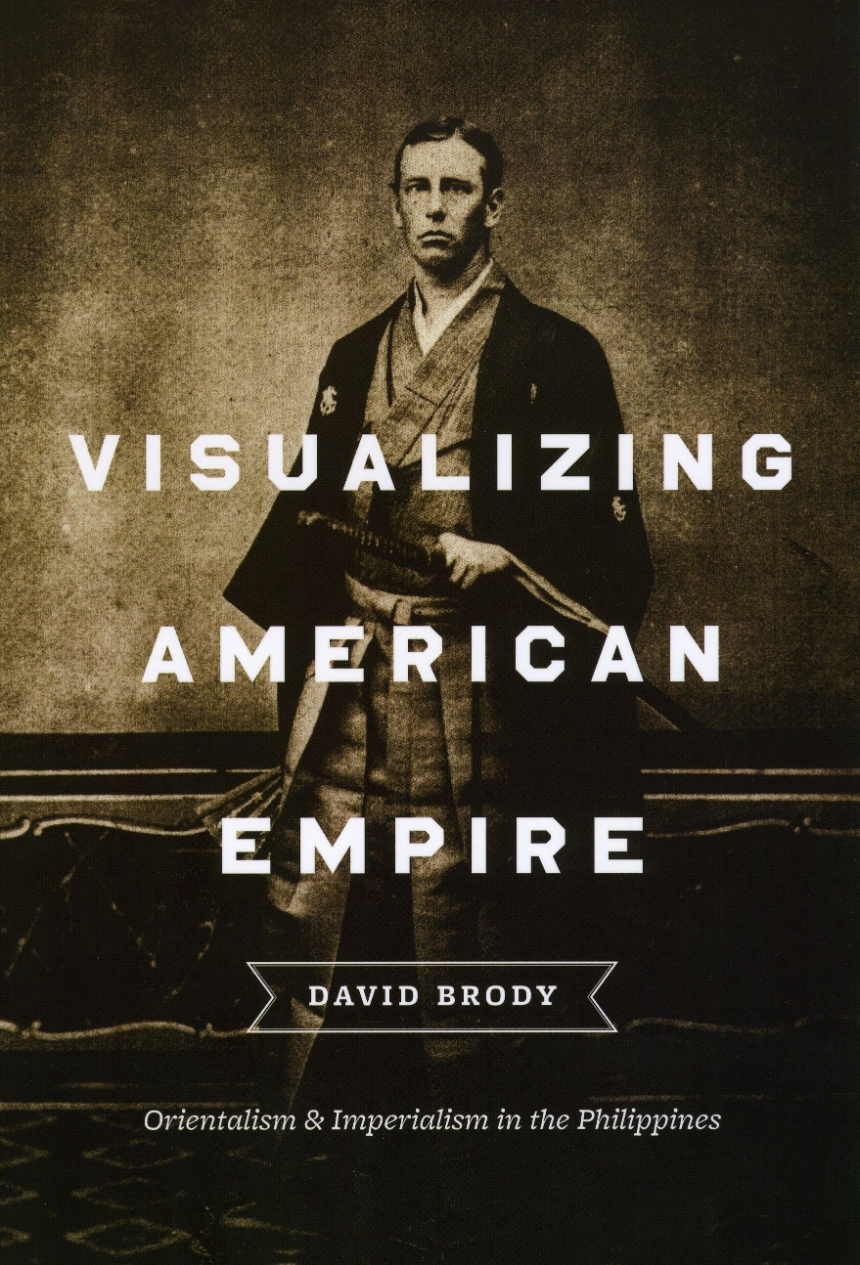Visualizing American Empire
Orientalism and Imperialism in the Philippines
Visualizing American Empire
Orientalism and Imperialism in the Philippines
In 1899 an American could open a newspaper and find outrageous images, such as an American soldier being injected with leprosy by Filipino insurgents. These kinds of hyperbolic accounts, David Brody argues in this illuminating book, were just one element of the visual and material culture that played an integral role in debates about empire in late nineteenth- and early twentieth-century America.
Visualizing American Empire explores the ways visual imagery and design shaped the political and cultural landscape. Drawing on a myriad of sources—including photographs, tattoos, the decorative arts, the popular press, maps, parades, and material from world’s fairs and urban planners—Brody offers a distinctive perspective on American imperialism. Exploring the period leading up to the Spanish-American War, as well as beyond it, Brody argues that the way Americans visualized the Orient greatly influenced the fantasies of colonial domestication that would play out in the Philippines. Throughout, Brody insightfully examines visual culture’s integral role in the machinery that runs the colonial engine. The result is essential reading for anyone interested in the history of the United States, art, design, or empire.
224 pages | 66 halftones, 2 line drawings | 6 x 9 | © 2010
Anthropology: Cultural and Social Anthropology
Architecture: History of Architecture
Asian Studies: East Asia
Geography: Cultural and Historical Geography
History: American History
Reviews
Table of Contents
List of Illustrations
Introduction
1 Strange Travelogues: Charles Longfellow in the Orient
2 Domesticating the Orient: Edward Morse, Art Amateur, and the American Interior
3 Disseminating Empire: Representing the Philippine Colony
4 Mapping Empire: Cartography and American Imperialism in the Philippines
5 Celebrating Empire: New York City’s Victory Party for Naval Hero George Dewey
6 Building Empire: Architecture and American Imperialism in the Philippines
Conclusion: Taft Decorates the White House
Acknowledgments
Notes
Index
